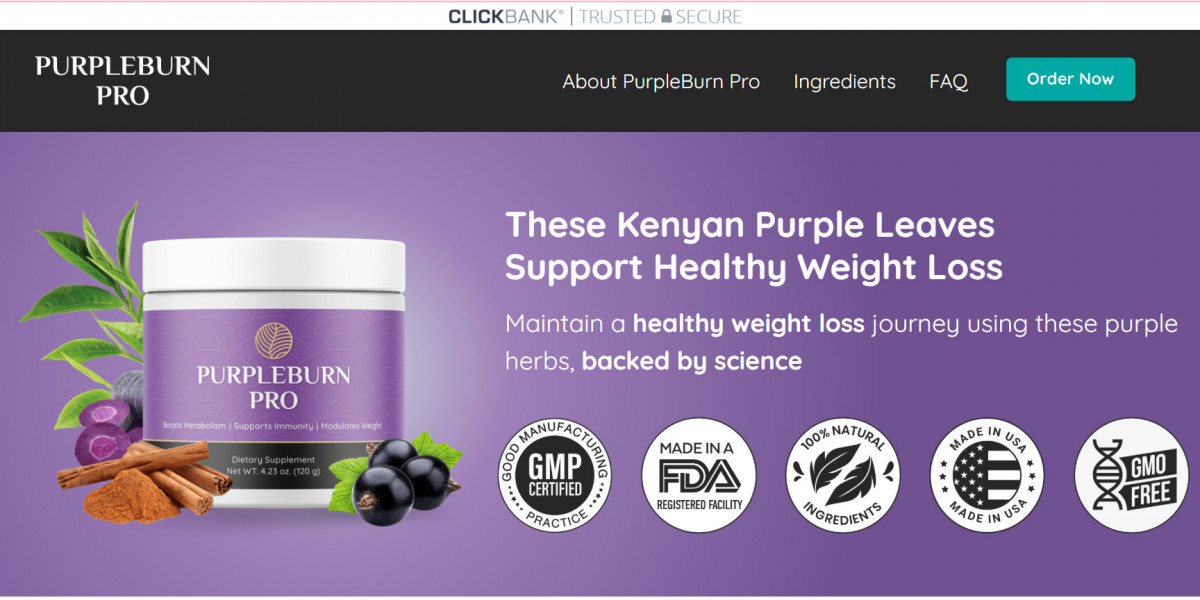The antimicrobial polymer films market is intricately linked to a complex regulatory landscape due to the health and safety implications of antimicrobial agents used in packaging and medical applications. Understanding regulatory frameworks and compliance requirements is essential for manufacturers, investors, and end-users to ensure product safety, market access, and sustainable growth.
Global Regulatory Framework
1. United States
In the U.S., antimicrobial polymer films are regulated by multiple agencies, depending on their application:
The Food and Drug Administration (FDA) oversees antimicrobial films used in medical devices, wound dressings, and food contact materials. Products must comply with FDA’s regulations on medical devices (21 CFR Part 820) and food packaging safety standards.
The Environmental Protection Agency (EPA) regulates antimicrobial substances under the Federal Insecticide, Fungicide, and Rodenticide Act (FIFRA). Antimicrobial coatings and films marketed with pesticidal claims require EPA registration.
2. European Union
The European Union enforces stringent regulations through:
European Chemicals Agency (ECHA) under the Registration, Evaluation, Authorisation, and Restriction of Chemicals (REACH) regulation, which mandates safety data submission for antimicrobial substances.
The European Food Safety Authority (EFSA) governs antimicrobial films in food packaging to ensure consumer safety.
The Medical Device Regulation (MDR) oversees antimicrobial films used in medical devices, requiring rigorous clinical evaluation and conformity assessments.
3. Asia-Pacific
Countries in Asia-Pacific, including China, Japan, and India, are enhancing regulatory frameworks aligned with global standards. Regulatory bodies focus on safety, efficacy, and environmental impact of antimicrobial films, especially in healthcare and food packaging.
Key Compliance Considerations
Safety and Toxicity Testing
Manufacturers must demonstrate that antimicrobial agents and films do not pose risks to human health or the environment through rigorous toxicological testing. This includes migration studies for food contact materials and biocompatibility assessments for medical applications.
Labeling and Claims
Regulations strictly control the claims made regarding antimicrobial efficacy. Clear labeling requirements prevent misleading information, ensuring consumers and stakeholders have accurate product knowledge.
Environmental Compliance
Sustainability regulations encourage or mandate the use of biodegradable or recyclable antimicrobial films. Compliance with waste management directives, such as the EU’s Packaging and Packaging Waste Directive, is increasingly important.
Quality Management Systems
Adhering to international standards such as ISO 13485 for medical devices or ISO 9001 for general quality management helps maintain consistent product quality and regulatory compliance.
Challenges in Regulatory Compliance
Evolving Regulations: Rapid advancements in antimicrobial technologies often outpace regulatory updates, creating uncertainties.
Global Variability: Differing requirements across regions complicate international market entry and require tailored strategies.
Cost and Time: Compliance involves extensive testing and documentation, which can be resource-intensive, especially for smaller manufacturers.
Future Trends in Regulation
Harmonization Efforts: There is a gradual move towards global harmonization of antimicrobial regulations, simplifying cross-border trade.
Focus on Sustainability: Future regulations will likely emphasize eco-friendly antimicrobial agents and biodegradable films.
Enhanced Surveillance: Post-market monitoring and stricter enforcement are expected to ensure ongoing safety and efficacy.
Conclusion
Navigating the regulatory landscape is critical for success in the antimicrobial polymer films market. Compliance with safety, labeling, environmental, and quality standards not only ensures legal market access but also builds consumer trust and drives industry innovation. Staying informed of regulatory changes and proactively aligning product development with compliance requirements will be key for manufacturers aiming for sustainable growth between 2025 and 2030.








